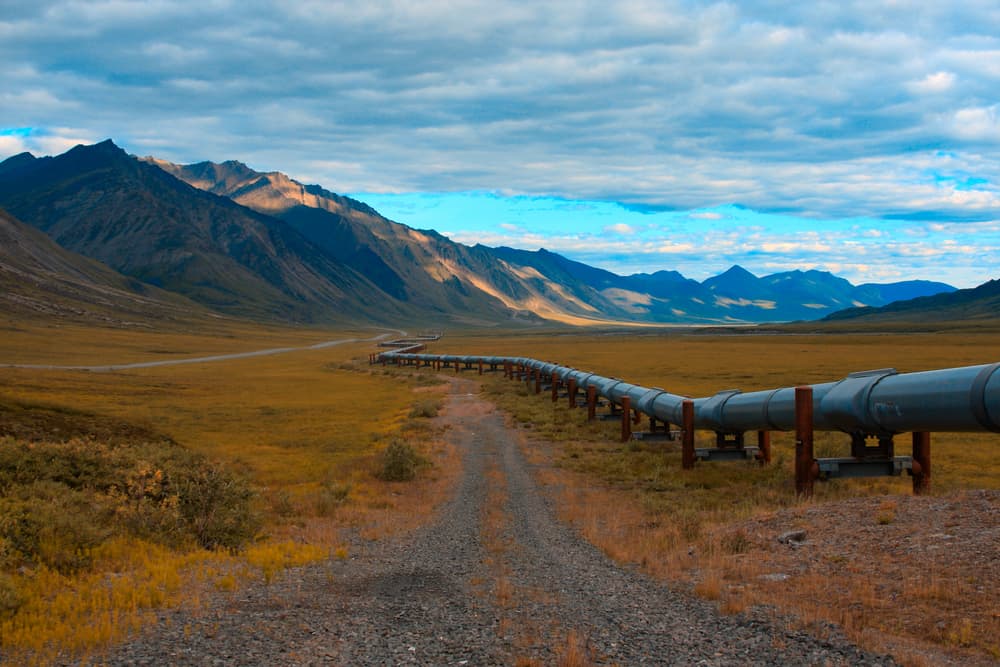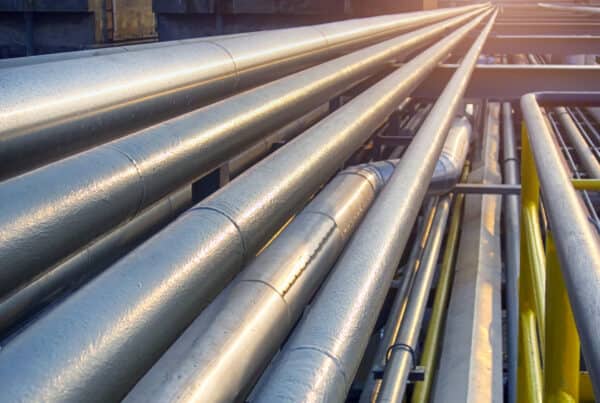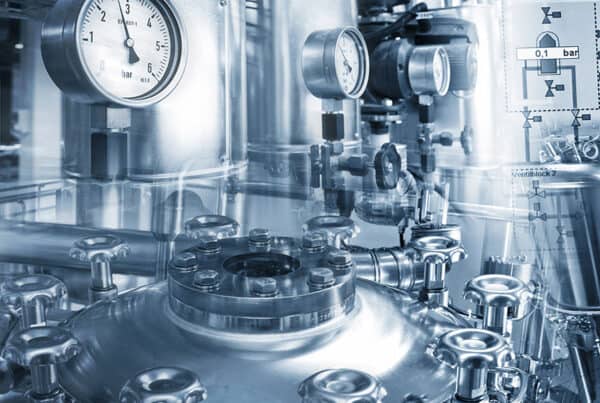
Pipe welders are required to weld in multiple positions—flat, vertical, and overhead—as they work their way around the pipe. Transitioning through these various positions tests the welder’s skill, and it is one reason pipe welding is a highly skilled task. After overhead pipe welding, vertical pipe welding is the second most challenging position because the welder must consider gravity’s effect on the molten puddle.
There are two options for vertical welding: going against the pull of gravity by welding uphill, or working with gravity to move the electrode and the puddle downhill. Pipe welding downhill has the advantage of speed, and as a result, it tends to be less fatiguing and easier than welding uphill. However, welding downhill isn’t suitable for all applications because it does affect the formation of the weld.
Downhill vs. Uphill Welding
Comparing uphill versus downhill welding can be confusing because both types of welding are frequently used in the same industry. For instance, uphill pipe welding is used to weld pipe in petroleum refineries, while pipe welding downhill is often used to join longer pipeline sections that feed these refineries with crude oil. The difference between the two applications is the thickness of the pipe used and the quality required of the welds.
Piping used in refineries is usually thicker than that used for pipelines, and a greater level of penetration is needed. Uphill vertical welding provides the needed penetration for welding thicker materials. The need to fight gravity’s pull on the molten metal causes the welder to go slowly and use a variety of techniques to help keep the molten metal in place, such as special patterns for each pass and longer pauses at each point in the pattern. These have the side effect of enhancing penetration of the fill material deep into the metal and creating greater sidewall fusion. However, some disadvantages do come along with these techniques.
The disadvantages of uphill welding include:
- Heat Input: The length of time needed to push the molten metal uphill, along with the patterns used and the dwell time, results in a significant transfer of heat into the metal, which can cause distortions in the workpiece.
- Burn Through: The intense heat used in uphill welding has the potential to burn through the base material if the arc outruns the filler material. If the welder is moving too fast, they can move past the molten puddle and create a large hole that can be difficult to fill in.
- Material Melt Out: When high heat combines with an overabundance of molten metal, the weight of that molten metal can overcome its tensile strength and fall completely, or partially, out of the weld. This can result in either a hole that must be filled or a bulge of extruded materials that must be removed before it is reworked.
These disadvantages are the inevitable result of heat input and material deposition over the extended period of time required for welding uphill. Preventing them is largely a matter of developing a feel for uphill welding that balances travel speed, heat input, and material deposition. Downhill welding, on the other hand, is faster, and is largely a matter of keeping the molten puddle from outrunning the arc. It moves quickly, less material is deposited, and as a result, downhill welding is far easier.
The Advantages and Disadvantages of Pipe Welding Downhill
Speed is the major advantage of welding downhill. Likewise, welding downhill allows the welder to create a visually acceptable weld regardless of the process used. Downhill pipe welding easily produces an acceptable weld using shielded metal arc welding (SMAW), gas metal arc welding (GMAW), and flux core arc welding (FCAW) welding processes with equal facility. Unfortunately, these are the only real advantages of welding downhill. Since the welder must race to stay ahead of the molten puddle, the arc dwell time on any one point of the weld is sharply curtailed, limiting fusion and material deposition as well. Additionally, the molten metal may overrun the electrode, contaminate the weld, and create inclusions. Downhill pipe welding is avoided in gas tungsten arc welding (GTAW) due to the potential for the puddle to run into the non-consumable electrode and ruin it while contaminating the weld.
Pipe welding downhill is traditionally reserved for materials that are thin enough that the speed of movement required isn’t likely to cause weld formation defects like lack of fusion.
Pipe welding downhill is traditionally reserved for materials that are thin enough that the speed of movement required isn’t likely to cause weld formation defects like lack of fusion. A material thickness of 12.5 millimeters (0.49 inches) is generally considered the cutoff for effective downhill vertical welding. Thin materials don’t absorb and dissipate heat as readily, and this helps to melt the metal and permit complete fusion and penetration in the limited time that downhill welding allows.
Still, other types of welding defects are possible. A molten puddle moving downhill can outpace its protective gas and lead to porosity and slag inclusion in the weld. Special consumables like high cellulose rods are used in downhill vertical welding to ensure a strong protective umbrella of shielding gas to help prevent contamination of oxygen, hydrogen, or carbon in the weld. However, even when using special consumables, welding flaws are always possible when welding downhill. Pipe welding downhill tends to be reserved for low-pressure or otherwise low-stress piping where a weld defect is unlikely to cause a critical failure and where speed of production is a greater consideration than quality.
Why Orbital Welding Is a Better Choice for Welding Pipe in All Positions
Increasingly, mechanized welding processes like orbital welding are likely to reduce the need for pipe welding downhill or uphill manually.
Pipe welding downhill is still acceptable in several different low specification pipe applications where the speed of installation matters more than the quality of any individual weld. However, tolerances in manufacturing and chemical processes of all types are growing increasingly stringent. This is necessary for reasons of product quality, facilities safety, and environmental safety. As a result, it is safe to assume that downhill pipe welding, as well as other types of pipe welding that may compromise on quality to obtain speed, will be less acceptable going forward. A decreasing number of welders in the workforce may also limit the availability of welders who have the skills for downhill or uphill pipe welding.
Increasingly, mechanized welding processes like orbital welding are likely to reduce the need for pipe welding downhill or uphill manually. These welding processes can provide a higher quality weld without sacrificing overall productivity. Submerged arc welding (SAW) can weld large sections of pipeline in a plant with both exceptional speed and quality. Orbital GTAW weld heads can bring the quality of TIG welding to lower specification areas of a project without sacrificing speed of completion.
Arc Machines designs sophisticated orbital welding heads and power supplies for pipe welding. For inquiries regarding products, contact sales@arcmachines.com. For service inquiries, contact service@arcmachines.com. Contact us to learn more about custom orbital welding solutions.




